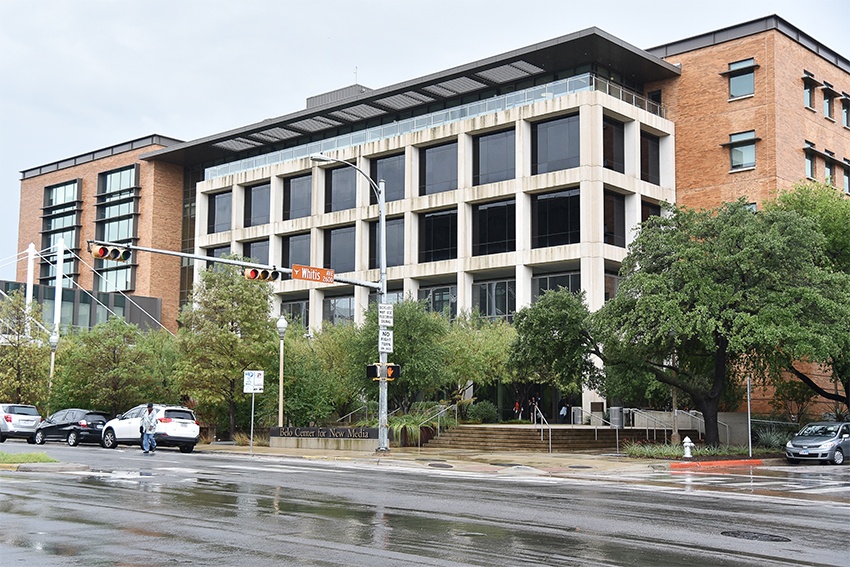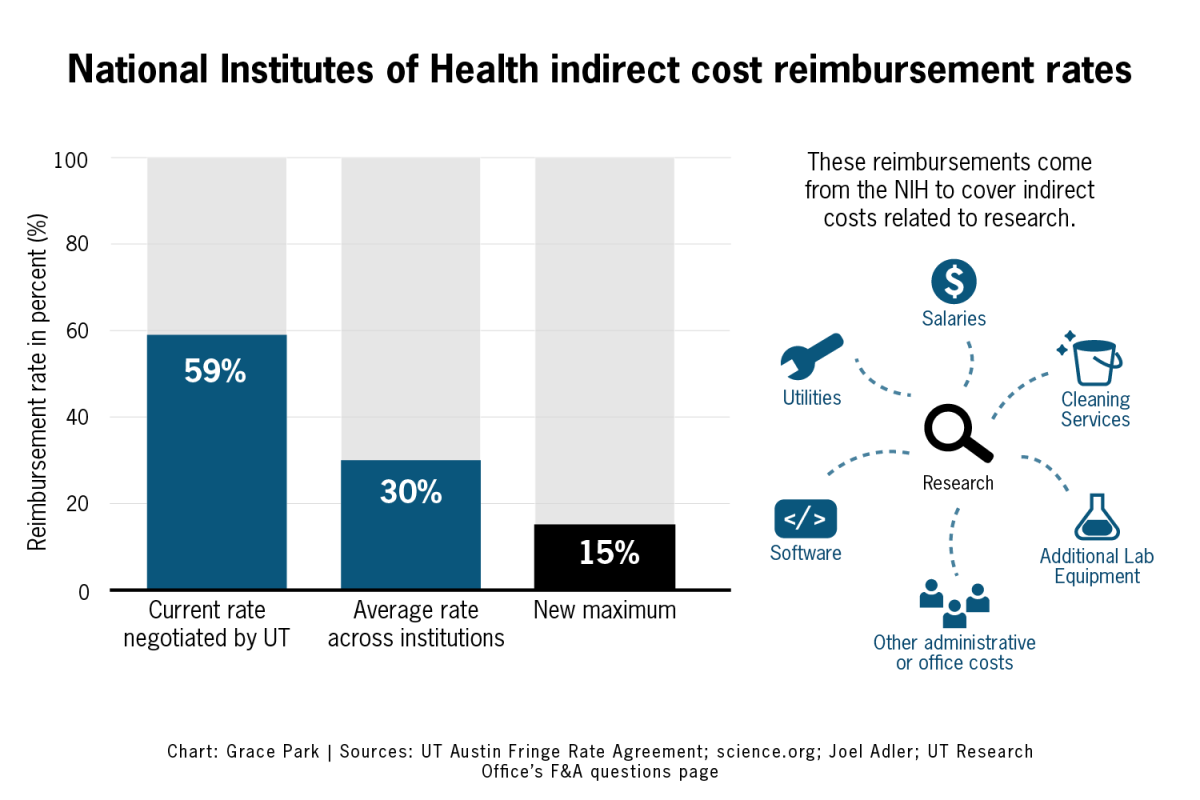A mass notification PA system linking all buildings to UTPD dispatch is the “missing link” in creating a safe campus environment for students and faculty, according to UTPD Chief of Police Robert Dahlstrom.
Over the last four years, Bob Harkins, associate vice president for campus safety and security, has advocated for a mass notification system that would fill a gap in campus-wide safety initiatives.
“We’ve got about 160 plus buildings on campus, and what I want is for dispatch to talk to one or all the buildings at the same time,” Harkins said.
Harkins said there are several roadblocks impeding his project, such as the four different types of fire alarm systems, or “fire panels,” installed throughout campus which have caused administrative issues.
“Technical issues have impeded this project,” Harkins said. “We’ve had the funding and the support. For example, each fire panel manufacturer wanted to protect its proprietary system, trying to deal with the various codes to make sure we’re not violating anything there.”
UT’s large infrastructure has posed problems for effective communication, Harkins said, citing a failed attempt to set up a fully functional campus-wide wireless network that would have facilitated emergency announcements across buildings.
“We thought we could do it wirelessly, but we couldn’t get the reliability,” Harkins said, “either because of interference or because of the volume of traffic on campus, we just couldn’t keep the system at an operational level I was comfortable with.”
Dahlstrom is aware of the problem and said it is a gap in campus security that would supplement current communication systems like text message alerts and ad-hoc computer notifications that appear on computers during an emergency.
“There are about nine sources of media we use other than the UT loudspeaker to keep the campus safe,” Dahlstrom said. “What we’re talking about is a missing link that we’ve been working on for a number of years, and I think within the next couple of years we’ll get it to where dispatch can talk to these buildings.”
Terry McMahan, UTPD assistant chief of police, said emergency transmissions can be muddled via UTPD text alerts as well as email and agreed the text messaging system has been problematic in the past.
“We use email, but that’s slow,” McMahan said. “The problem with text messages is that we’re limited in the amount of characters we can use in any one text. So if we send out a massive text and it’s too long, it breaks them down into two. Sometimes the second will arrive before the first. That’s been problematic to work through.”
By the end of this year, roughly half of the 167 buildings on campus will have an emergency PA system installed, allowing building managers to make emergency announcements over a microphone. Full implementation of a mass notification system connected to UTPD dispatch will take longer to initiate, but Harkins agreed with Dahlstrom’s prediction of a two-year time frame.
“We’re in the process of linking the Flawn Academic Center as our test case,” Harkins said. “Once we’ve done that, it gives us a pathway toward other buildings … When we finish with the mass notification system, we’ll really close the loop on everything.”




















